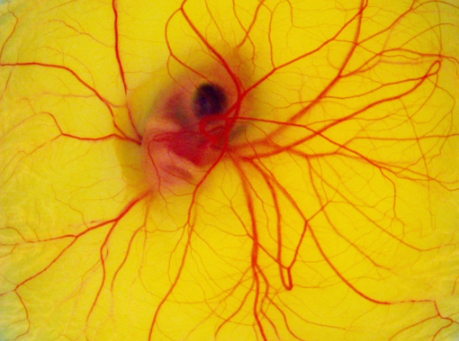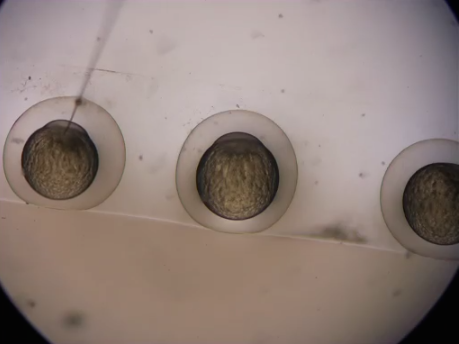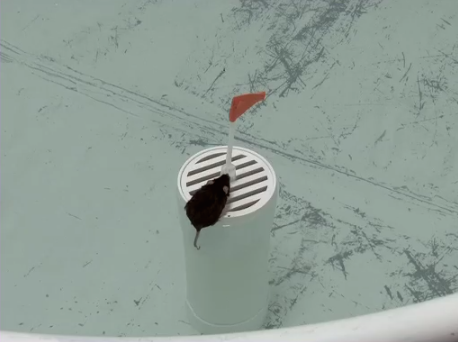Visual introductions to model organisms help researchers prepare for the lab

For students and scientists beginning animal-based lab work, seeing a research procedure performed by experts is by far the most effective method of learning. Now the Cambridge-based company, JoVE, has released a new online video-based tool, Model Organisms II, to revolutionize the teaching of fundamental experiments in the three most common laboratory organisms—the mouse, chick and zebrafish.
"Each of these species makes unique demands upon researchers, both in terms of the steps required for their maintenance and reproduction, as well as the tools and techniques available to study them," said Aaron Kolski-Andreaco, PhD., JoVE's Chief Product Officer, "The Model Organisms II collection provides a great overview of these nuances, in addition to providing visual demonstrations of techniques essential to working with each model."
Contrary to the traditional, text-based educational materials, Model Organisms II presents a powerful combination of scientific animation with video demonstrations by scientists from leading research institutions around the world. This novel tool is the latest installment in JoVE Science Education database dedicated to teaching laboratory fundamentals through simple, easy-to-understand visual presentations. For universities and colleges, the JoVE Science Education videos are a valuable new resource for efficient teaching and research.
"I wanted to find justification for buying it, so I sent around a message to faculty in biology," said Michael Newman, a Head Librarian and Bibliographer at Stanford University, "Those things usually don't get much response, but this time I got some pretty enthusiastic replies."

Stanford subscribed to the JoVE Science Education database in December 2013, shortly after JoVE released this database. Over 100 institutions—including those ranging from the Ivy League to community colleges—also purchased a subscription within only three months following the product launch.

"I've used it as a class tool where students can watch a technique on the screen and then do it immediately afterwards, and for what they're going to do the next time the class meets, so they'll come in a little less blind," said assistant professor, Dr. Jason Kuehner of Emmanuel College in Boston, MA, "For something like western blotting this is really good. That's a fairly laborious technique with multiple steps, and for students it's very easy to get confused as to what each step in the protocol means."
More information: You can view the Science Education content at www.jove.com/se.
Journal information: Journal of Visualized Experiments
Provided by Journal of Visualized Experiments




















